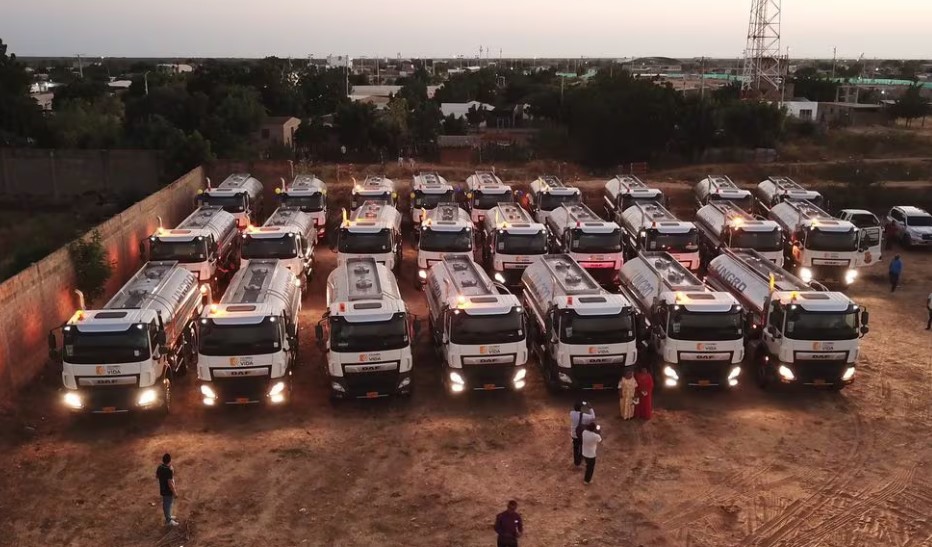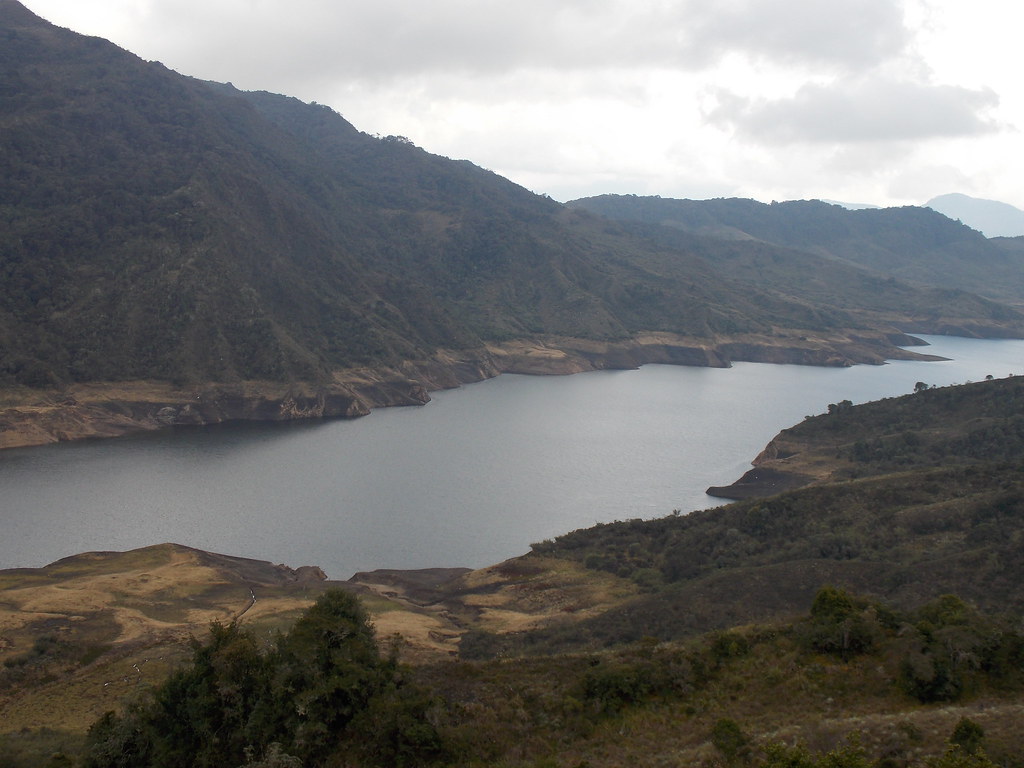
Colombia is increasingly concerned about the possibility of a national water crisis, an issue that is becoming more critical each day. The topic has gained renewed national attention following the recent announcement by Carlos Galan, the mayor of Bogota, regarding water rationing in the capital city. Bogota, home to approximately eight million people, is implementing water rationing in response to the critically low levels at its primary fresh water source, the Chingaza Reservoir, which has reached a record low of 15.76 percent capacity.
Alongside an energy crisis, the looming water crisis is another consequence of El Niño, a climatic phenomenon that has severely affected rainfall patterns in the country for the last few months. Water reservoirs across Colombia have reached historically low levels, threatening not only the generation of hydroelectricity but also the water supply for its citizens. Several municipalities and regions have declared a state of public emergency to benefit from state support, notably for fresh water supplies.
An overview of the current water crisis in Clombia
In Bogota, water rationing has been implemented since last Thursday, April 11, through a system of rotational water access. The city is divided into 9 sectors, with each sector experiencing 24-hour water cutoff every 9 days. The decision was reinforced by the mayor on Sunday, April 15, who stated that households consuming more than twice the basic requirement will face higher charges on their bills.
Similar situations have been recorded across the Caribbean coast. In the Cordoba department, the military was mobilized to supply fresh water to various municipalities suffering from severe droughts. The mayor of Monteria, the capital of the department, declared a state of public emergency. The same measure was declared by the governor of the Atlantico department, at the end of January, due to the reduction in the flow of the Magdalena River, as well as in La Guajira region, a desert region where water supplies are a critical and recurrent issue.
This phenomenon is not limited to rural areas, as Santa Marta, a major tourist city on the Caribbean coastline, also declared a state of public emergency due to a prolonged water shortage. It is now estimated that as much as 75 percent of the city lacks access to clean water, with 20 water trucks delivering water to the population.
In the Pacific region, the governor of the Valle del Cauca department issued a decree calling on mayors, the private sector, and the community at large to adopt measures in their municipalities to prevent water shortages amid El Niño. The mayor of Cali, the capital of the department and the third-largest city in Colombia, recently renewed this call, urging citizens to save water as much as possible. However, the city’s public authorities have dismissed the possibility of water rationing, thanks in part to the good level of the Cali River, the country’s second-largest river, and its tributaries.

Relatively spared from water shortages thus far, Medellín and its metropolitan area are nevertheless not immune. Due to its strong population growth, the city is now relying on reservoirs and rivers located in its hinterland, which are themselves subject to the flow fluctuations caused by El Niño.
In other parts of the country, the situation is also concerning. In the Boyaca department, 73 of the 123 municipalities now rely on water tankers for their fresh water supplies. In the Santander department, various cities including Barichara, a popular tourist destination, have declared a state of public emergency due to the looming water supply crisis.
Alarming prospects
Although March and especially April are generally associated with significant rainfall in Colombia, they have been particularly dry this year. Thus, even as El Niño weakens, it continues to seriously affect the flow of major rivers and the levels of reservoirs, reinforcing the prospects of a national water crisis. Although experts predict the end of the phenomenon by the end of June, the return of rainfall could prove slower than expected.
According to the Institute of Hydrology, Meteorology and Environmental Studies (IDEAM), the La Niña climatic phenomenon, which involves a cooling of the Pacific Ocean, will only reach Colombia in August or September. In Colombia, this phenomenon is characterized by increased rainfall and lower temperatures, conditions conducive to water supply, and could therefore alleviate the current situation.
Until then, the situation remains critical in Colombia, as public authorities across the country are calling for citizen awareness regarding water and electricity rationing. According to Susana Muhamad, Minister of the Environment, 273 of the country’s 1,101 municipalities (approximately 25 percent) are facing water shortages and rely on water deliveries through water trucks. With water reservoirs now holding 29.96 percent of their usable capacity, Colombia is struggling more than ever with a dual energy and water crisis.
See all the latest news from Colombia and the world at ColombiaOne.com. Contact our newsroom to report an update or send your story, photos and videos. Follow Colombia One on Google News, Facebook, Instagram, and subscribe here to our newsletter.

